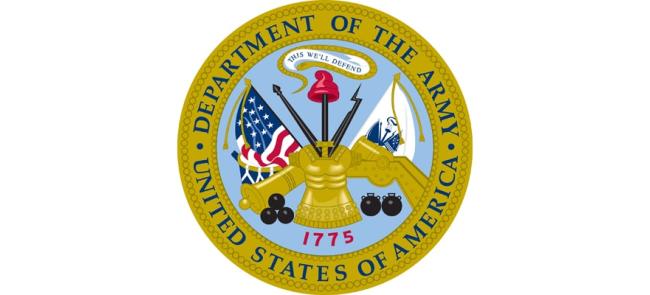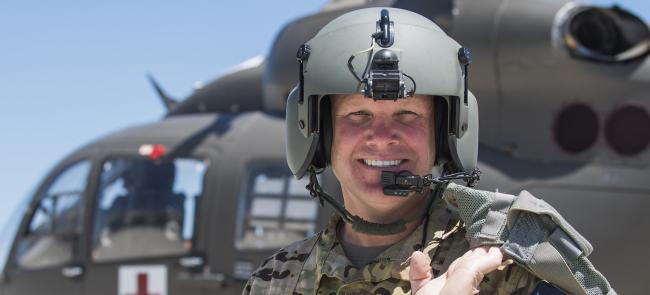
The Navy and Air Force reported higher rates of obesity in 2018, according to the DoD Health of the Force report issued last month.
The report found sailors and airmen were classified as obese at a higher rate than counterparts in the Army and Marine Corps. In all, 17.4% of the active-component force were classified as obese in the report, with male service members more likely to have trouble with their weight than female service members.
The Marine Corps reported the lowest rate of obesity with 8.3%. The Navy reported the highest, at 22%. The Air Force reported an 18.1% rate, while the Army was in line with the DoD average of 17.4%.
Stars and Stripes first reported on the Health of the Force report. The overall obesity rates have been on a steady increase since 2014.
The Health of the Force report also tracked injuries, behavioral health disorders and sleep disorders. The report found that soldiers had higher injury rates and were more likely to suffer from behavioral health issues and sleep disorders than other service members. Airmen were less likely to suffer acute injuries and sleep disorders, but more likely to develop cumulative traumatic injuries. Marines and sailors reported lower than average injury rates, sleep disorders and behavioral health issues.
Obesity contributes to a number of long-term health problems that impact military readiness, the report authors note. Those include hypertension, diabetes, coronary heart disease, stroke, cancer and risk for all-cause mortality.
Stars and Stripes reports that officials recommend the military look at the causes and prevention of behavior health and sleep disorders and that mission-specific training may explain some of the differences in injury rates. The publication also noted that the Marine Corps has the youngest force, which could explain its low rate of obesity. Overall, older service members were more likely to suffer from obesity than their younger counterparts.












